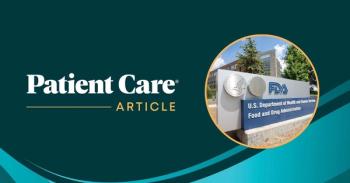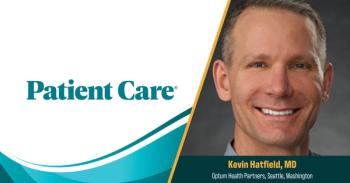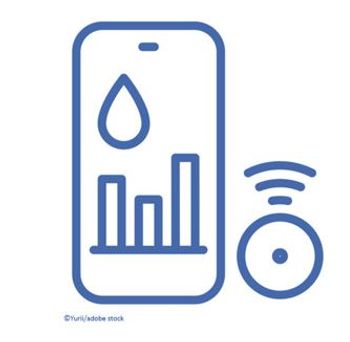
CDC Guidance for Fully Vaccinated Persons: Questions Patients May Ask, Answers to Help Physicians Prepare
The CDC released the first set of public health recommendations for people fully vaccinated against COVID-19. See what questions you may be asked and the answers to help prepare.
With the COVID-19 vaccine rollout underway in the US, the
While the recommendations were highly anticipated, patients (fully vaccinated or not) might still ask their health care provider questions regarding when to take precautions, what gatherings they can or cannot attend, and more. In the slides below, find questions that you might be asked by patients and the answers to help you prepare.
Newsletter
Enhance your clinical practice with the Patient Care newsletter, offering the latest evidence-based guidelines, diagnostic insights, and treatment strategies for primary care physicians.

















































































































































































































































































